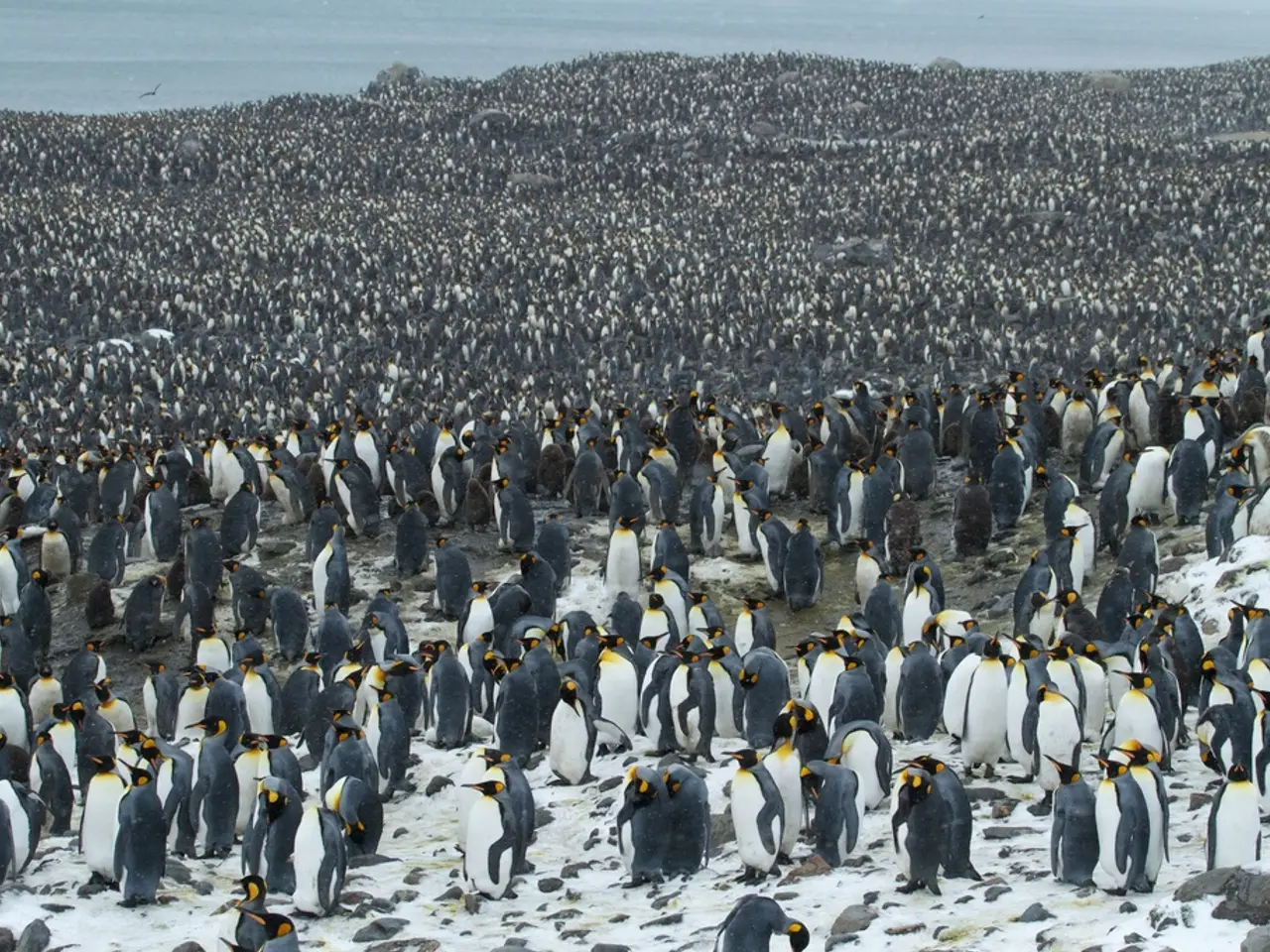Antarctica's Secret Energy Resource Poised to Transform Sustainable Energy Manufacture
Geothermal energy, a reliable and sustainable power source, has been harnessed successfully in Iceland for residential heating and supporting a thriving tourism industry. However, the potential application of geothermal energy in Antarctica faces unique environmental, logistical, and legal challenges, as highlighted in a recent study.
Challenges in Antarctica
The harsh climate, ice cover, and logistical difficulties make identifying, drilling, and exploiting geothermal resources in Antarctica technically challenging and costly compared to Iceland. Moreover, the Antarctic Treaty System, including the 1998 Protocol on Environmental Protection, restricts commercial exploitation and new activities until thorough environmental impact assessments are conducted. This limits large-scale geothermal development to avoid ecosystem damage.
Another challenge is the lack of surface volcanism. Although Antarctica has volcanic regions, many geothermal sites are buried under thick ice, making access and heat extraction difficult.
Iceland's Advantages
Iceland, on the other hand, benefits from its location on a volcanic hotspot, with abundant, accessible geothermal reservoirs used extensively for electricity generation and heating. The country has long utilized geothermal energy sustainably, with developed infrastructure and management practices that balance resource use and environmental conservation.
Potential Solutions for Antarctica
To overcome these challenges, the study suggests several potential solutions. Developing sub-ice geothermal technologies that can operate under thick ice and extreme cold could unlock Antarctic geothermal energy. Initial projects might focus on powering scientific stations and biomes (such as geodesic domes) to create self-sustaining habitats, minimizing environmental impact and aligning with treaty rules.
Strict environmental assessments and multinational cooperation can also ensure geothermal development does not harm Antarctic ecosystems or violate treaty obligations.
Implications and Significance
The successful exploitation of geothermal energy in Antarctica could have far-reaching implications. It could potentially accelerate ice melt, particularly in glaciers like Thwaites, leading to significant sea-level rise. This underscores the critical importance of understanding Earth's internal dynamics to better forecast upcoming environmental changes.
The discovery of a hidden microbial wonderland beneath Antarctica's ice is another significant finding, adding to our understanding of the region's ecosystems. The loss of such glaciers could impact coastal cities worldwide, necessitating enhanced monitoring and further studies to predict long-term impacts and develop mitigation strategies.
The study of Antarctica's geothermal energy might pave the way for exploiting renewable resources under extreme conditions, laying foundations for future technologies that are more resilient and suited to polar climates. This could have implications for climate models and the design of new methods of energy extraction that could one day be utilized on other planets.
In conclusion, while Iceland has a natural, infrastructural, and regulatory environment well-suited for geothermal exploitation, Antarctica faces significant environmental, logistical, and legal hurdles that require innovative, cautious, and collaborative approaches to unlock geothermal energy, primarily for supporting scientific and possibly future human activities limited in scale and environmental impact.
- The harsh climate, ice cover, logistical difficulties, and lack of surface volcanism make identifying, drilling, and exploiting geothermal resources in Antarctica challenging and costly compared to Iceland.
- Successful geothermal exploration in Antarctica could potentially accelerate ice melt, particularly in glaciers like Thwaites, leading to significant sea-level rise, underscoring the importance of understanding Earth's internal dynamics.
- Developing sub-ice geothermal technologies for heat extraction under thick ice and extreme cold could unlock Antarctic geothermal energy, with initial projects focusing on powering scientific stations and biomes.
- The Antarctic Treaty System restricts commercial exploitation and new activities until thorough environmental impact assessments are conducted to avoid ecosystem damage and ensure geothermal development does not violate treaty obligations.
- Iceland, benefiting from its location on a volcanic hotspot, has abundant, accessible geothermal reservoirs used for electricity generation and heating, and has long utilized geothermal energy sustainably with developed infrastructure and management practices.
- The study of Antarctica's geothermal energy might pave the way for exploiting renewable resources under extreme conditions, laying foundations for future technologies that are more resilient and suited to polar climates, with implications for climate models and design of new energy extraction methods suitable for other planets.




